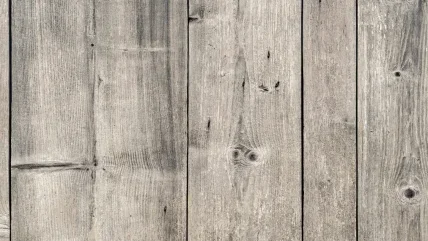
The latest economic indicators reveal stagnant UK manufacturing in contrast to upbeat news from construction – the timber industry’s major end-user market – where activity has expanded for the 12th consecutive month.
The Markit/CIPS purchasing managers’ survey for December shows the housing, commercial, and civil engineering sectors all contributed to an overall rise in the activity index to 53.2, from 52.3 in November, where anything above 50 indicates growth. The increase was supported by higher new order intake and output, and by a further rise in purchasing activity. But UK construction companies’ continued optimism is tempered by worries over low customer confidence, and about wider economic and market conditions.
Construction output
Such concern is reinforced by earlier industry forecasts, which point to a 5% fall in overall construction output in 2012, and a flat 2013, before recovery starts in 2014, although private-sector housing will avoid a downturn.
Official estimates suggest that the total volume of construction output was broadly flat in November but fell 1.6% compared with a year earlier. The NHBC reports a 0.4% drop in registrations of new home starts during 2011, while HM Land Registry says house sales fell 11% last year.
Estimates of new construction orders placed in the third quarter of 2011 indicate that total volumes were up 13% on the previous quarter, but 6% lower than a year before. The largest quarterly boost was a 21% expansion in commercial projects. New private sector housing orders rose only slightly in the quarter and were down 17% compared with a year earlier. Public housing orders fell by a similar percentage annually and by 5% on the quarter.
Mortage loans
The number of loans approved for house purchase – a useful indicator of short-term trends in the market – changed little in November at 52,854, according to the Bank of England. The RICS says that activity in the housing market remained “relatively firm” during December, but surveyors expect flat transaction levels in the coming three months.
As hopes are pinned on Britain exporting its way to recovery, official figures for the third quarter of 2011 show a 10% yearly rise in UK overseas shipments of wood and wood products, contrasted with a 10% drop in imports. Domestic demand for foreign-made furniture dipped by nearly 6%, but foreign demand for British furniture expanded by over 11% at the yearly rate.
The CBI reports that retail demand for furniture and carpets grew for the third successive month in the first two weeks of December, with a balance of 43% of businesses reporting a year-on-year improvement in volumes. Official figures confirm a robust year-on-year increase in furniture sales volumes of nearly 7% in December, despite a fall of 4.2% on the month.
New official statistics show that consumer spending on furniture and furnishings fell 2% by volume in the third quarter but was unchanged on the same period in 2010. In value, spending increased 1% on the quarter and was up over 2% annually.





